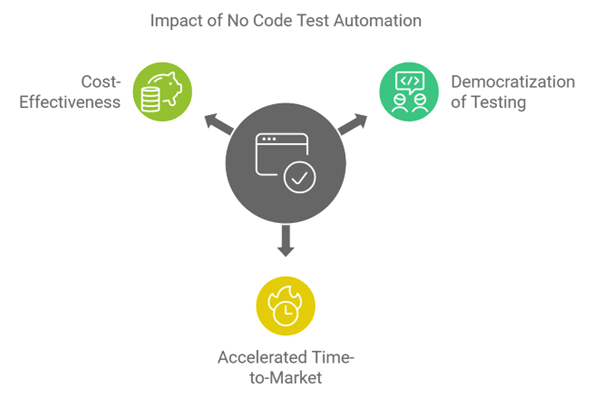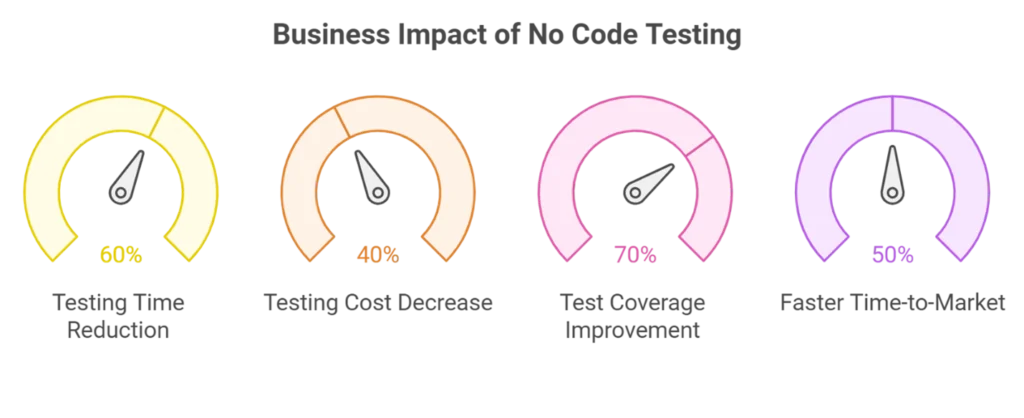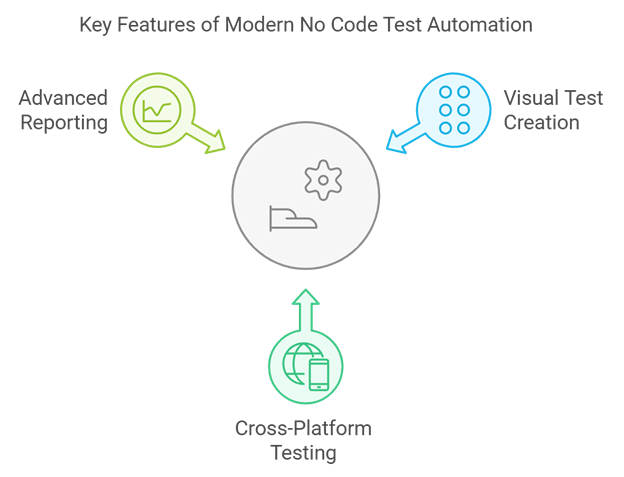In today’s fast-paced digital landscape, businesses are constantly seeking ways to accelerate their software development and testing processes. No code test automation has emerged as a game-changing solution, revolutionizing how organizations approach quality assurance. At ideyaLabs, we’ve witnessed firsthand how this innovative approach is transforming the software testing industry.
What is No Code Test Automation?

No code test automation is a modern testing approach that enables users to create and execute automated tests without writing a single line of code. Instead of traditional programming, testers use visual interfaces, drag-and-drop functionality, and record-and-playback features to build comprehensive test scenarios.
Why No Code Test Automation is Revolutionary

- Democratization of Testing
- Empowers non-technical team members to participate in testing
- Reduces dependency on specialized programming resources
- Enables business analysts and domain experts to contribute directly
- Accelerated Time-to-Market
- Reduces test creation time from hours to minutes
- Streamlines the testing process
- Enables faster deployment cycles
- Cost-Effectiveness
- Minimizes the need for expensive programming resources
- Reduces training costs
- Optimizes resource allocation
The Business Impact of No Code Testing

At ideyaLabs, we’ve observed that organizations implementing no code test automation typically experience:
- 60% reduction in testing time
- 40% decrease in testing costs
- 70% improvement in test coverage
- 50% faster time-to-market
Key Features of Modern No Code Test Automation

- Visual Test Creation
- Intuitive drag-and-drop interfaces
- Record-and-playback functionality
- Visual test flow mapping
- Cross-Platform Testing
- Web application testing
- Mobile app testing
- API testing capabilities
- Advanced Reporting
- Real-time test results
- Detailed analytics
- Custom reporting options
Overcoming Traditional Testing Challenges
No code test automation addresses several common testing challenges:
- Resource constraints
- Technical skill gaps
- Time-intensive test creation
- Maintenance overhead
Best Practices for Implementing No Code Test Automation
- Start Small
- Begin with simple test cases
- Gradually expand test coverage
- Focus on high-priority workflows
- Ensure Team Collaboration
- Involve business stakeholders
- Create clear documentation
- Establish testing standards
- Regular Maintenance
- Review and update test cases
- Monitor test effectiveness
- Optimize test suites regularly
The Future of No Code Test Automation
As we look ahead, several trends are shaping the future of no code test automation:
- AI-powered test creation
- Enhanced predictive analytics
- Improved cross-platform capabilities
- Greater integration options
Why Choose ideyaLabs for No Code Test Automation
At ideyaLabs, we offer:
- Comprehensive testing solutions
- Expert guidance and support
- Customized implementation strategies
- Proven track record of success
Conclusion
No code test automation represents a significant shift in software testing methodology. As organizations continue to prioritize digital transformation, adopting this approach becomes increasingly crucial for maintaining competitive advantage and ensuring software quality.